Yanko Design - Latest Posts |  |
- It’s a Guy Thing, Shhhh!
- The Low Cost Phone
- Life Saving Air Drones
- Modern Trophy in Ancient Form
- Insect-Inspired Cement Mixer
| Posted: 10 Nov 2011 03:59 AM PST Condom Cap is a simple packaging design that will always make you roll the darn thing 'the right way.' Blame it on bad lighting, the nerves or whatever; but struggling to put it on right is not how you want to get intimate. Do I hear a collective sigh of relief? Yeah, Condom Cap is your answer my loves! Designers: Sheng-hung Lee, Yen-Ting Chiang & Wen-Ling Huang
---------- |
| Posted: 10 Nov 2011 02:54 AM PST When you come to think of it, it's always the technology and materials used that shoot up the cost of a mobile phone. Compromising on technology is not so bright, hence designer Sudhanwa Chavan played around with the materials and construction of a cellphone. His version is the Extru, a device that avoids complex surfaces, has a simple operating interface and takes care of the delicate parts intelligently. A very simple and dynamic form. Features include a color sensitive screen that turns neutral with an incoming call. Simple interface with touch sensitive keypad that glow. Designer: Sudhanwa Chavan
---------- |
| Posted: 10 Nov 2011 12:02 AM PST The Airborne Avalanche Rescue System by designer Tatjana Rolle aims to decrease crucial emergency rescue times after avalanches by utilizing autonomous airborne drones to detect and mark the position of victims. Immediately following the avalanche, the activated drone leaves its solar charging station, scouts the area and tags the positions with bright paint so rescuers can recover victims without delay. A sensor grid and the AARA drones at their base stations are installed in a range of avalanche endangered zones avalanche, making it possible to detect avalanches immediately. The cross-linked sensors are able to locate the exact position of the run-out zone of an avalanche, activate the drones and alert the mountain rescue service. Approaching the site the drone starts its locating-mode. If it finds a victim, the drone assigns the place with a color mark. The rescue team is able to start the retrieval directly. The AARA-drones are based in autarkic stations. These not only shelter the drones, but also serve as a node between the cross-linked avalanche detectors, AARA and the mountain rescue service. This is where all information converges. Solar modules ensure the electric power supply. AARA is protected by a dome which opens up in case of emergency. The station’s platform contains a charging cradle to recharge the batteries of the drone. Alongside the precise and steady flight, AARA has to manage its job as a positioning drone. It has a GPS for navigation and an ultrasonic sensor for distance measurement. The positioning is done by the already established RECCO-System. It works with passive reflectors and active detectors. The reflectors independence of energy is the main advantage so they can be integrated easily and are cost-efficient to the ski-equipment. In addition, AARA wireless communication to exchange data with the mountain rescue service and the base station, as well as a magazine of color cartridges to mark the find spot. The shell is a kind of exoskeleton which protects the technical components while also serving as main supporting structure. As a material an ultra-light composite material like carbon fibre comes into consideration. Characteristic properties like the variable flight and the central and therefore protected thrust unit are the center points the design is based on. The design of AARA is as different as its unconventional flight technology in reference to common drone appearances. Designer: Tatjana Rolle
---------- |
| Posted: 10 Nov 2011 12:01 AM PST These modern trophies, designed by Nick Ross and Fraser Reid for the Arts and Business Scotland awards, are reminiscent of vessels given out during the Olympic games in ancient Greece. Ancient trophies were meant to hold sacred oils, but over time the form has shifted from a container to what is merely a symbol of its past function. Even this modern trophy’s tripodal support gives a nod to similar ancient Roman stands, and places an equal sense of importance on the plaster vessel. Designers: Nick Ross & Fraser Reid
---------- |
| Posted: 10 Nov 2011 12:01 AM PST The Orpela Tino self-loading cement mixer takes inspiration from the mud dauber wasp, which builds its home from a mixture of mud and digestive juices (yummy!). Like the wasp, the front of the machine with the loading shovel is strong and aggressive while the back area with the mixing drum mocks the form of the wasp’s water droplet shaped rear end. Articulated steering and hydraulic suspension also make this mixing monster ideal for use in rough-terrain areas where access is limited. The cab also operates hydraulically further maximizing accessibility. The operator seat is high-mounted in the glass-covered cab for maximum visibility while driving. The cement output view is provided by a camera and although the shovel is controlled by the driver, an automatic control brings it back to the “feeding” position to save time. Designer: Amos Boaz
---------- |
| You are subscribed to email updates from Yanko Design To stop receiving these emails, you may unsubscribe now. | Email delivery powered by Google |
| Google Inc., 20 West Kinzie, Chicago IL USA 60610 | |


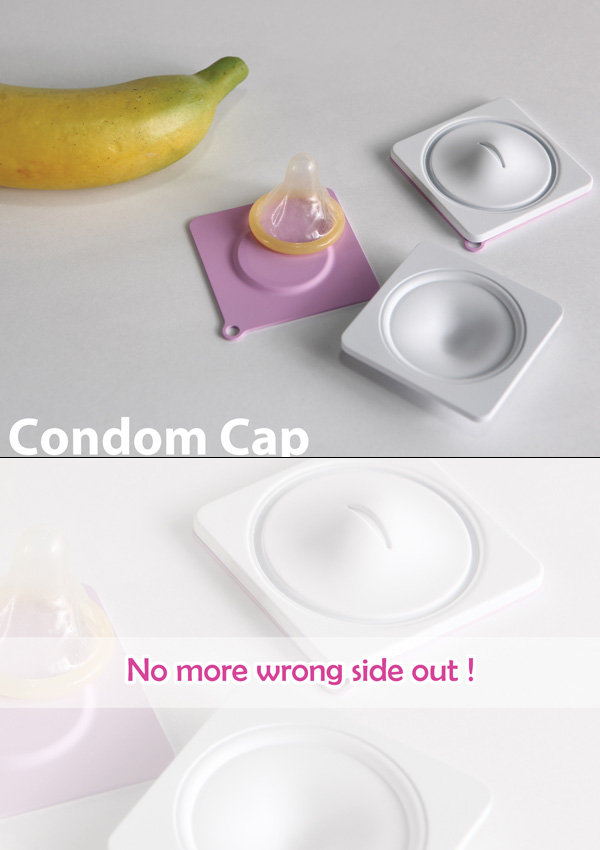
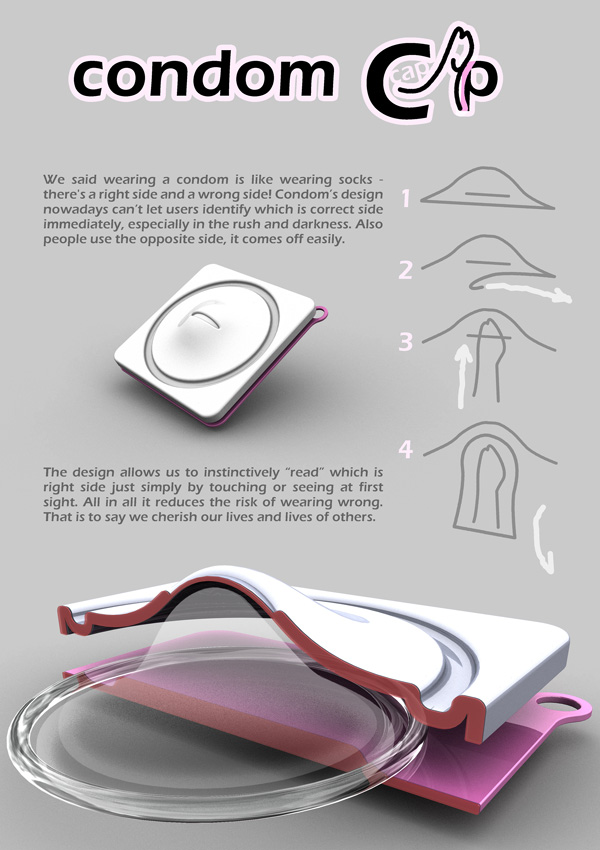
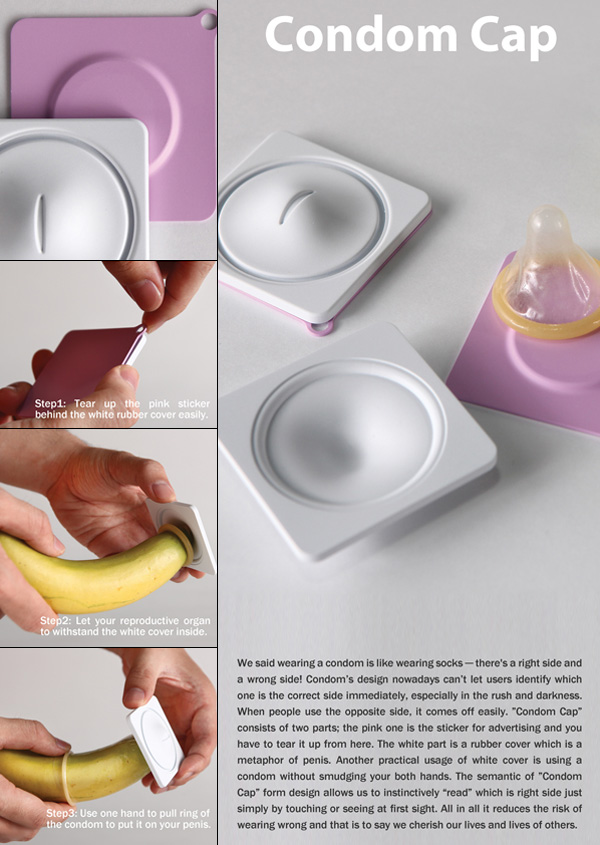
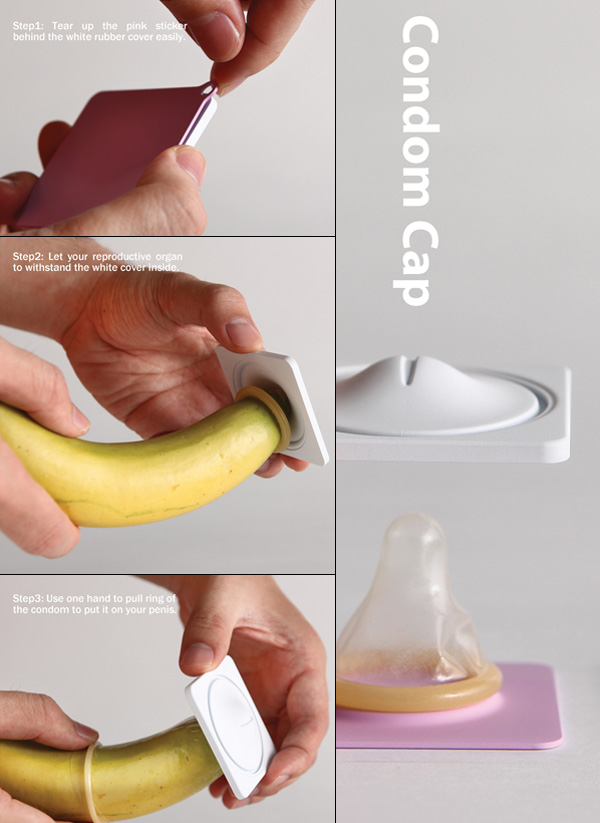
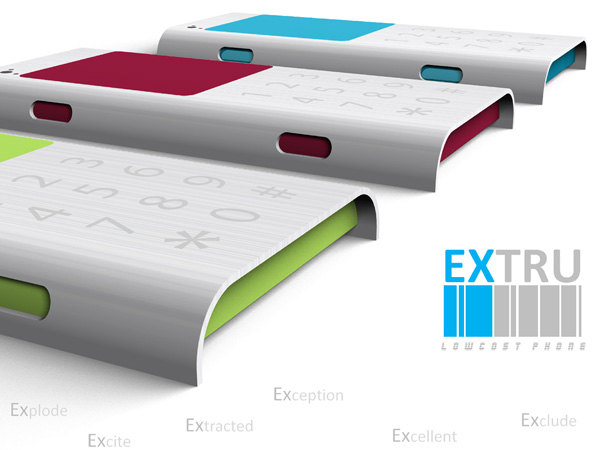






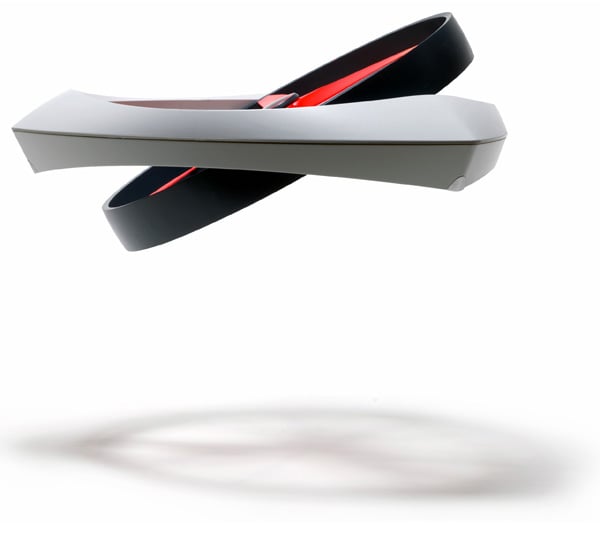
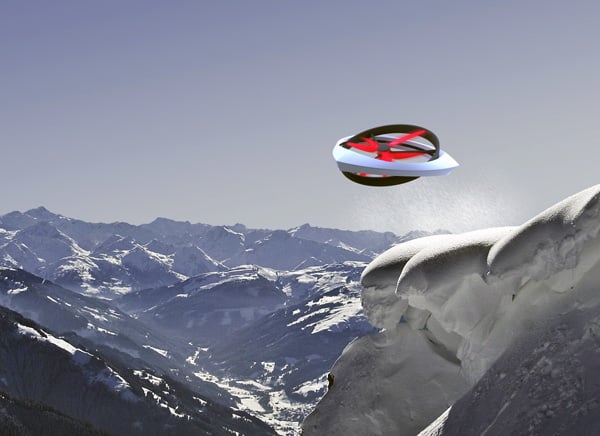
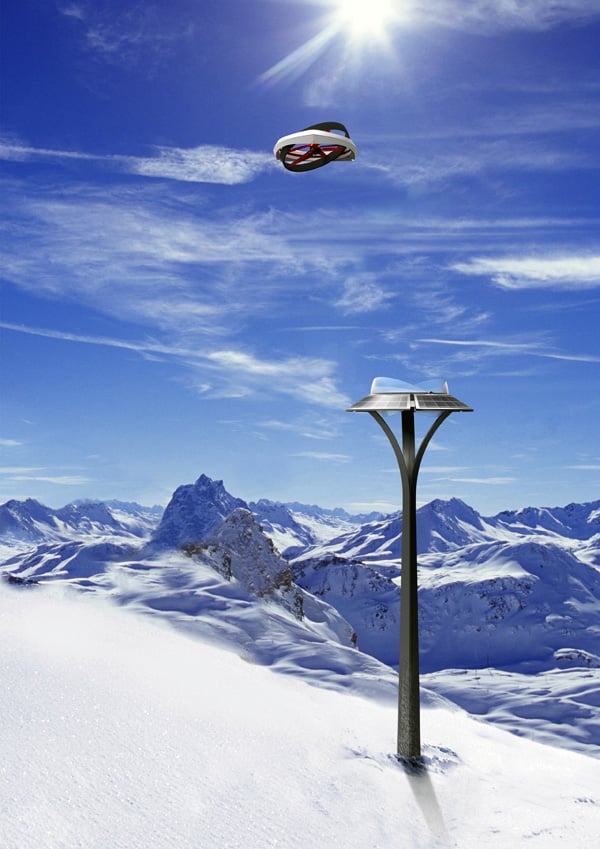
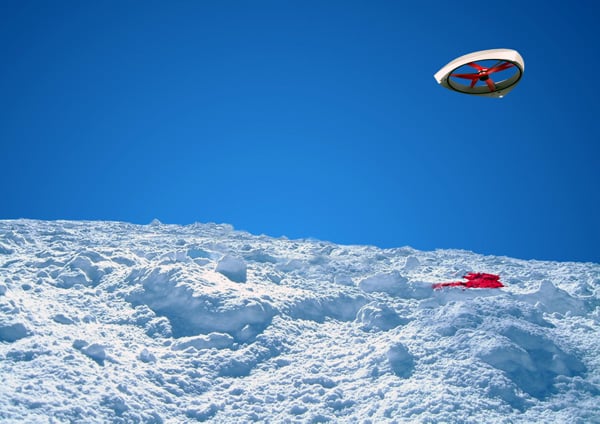
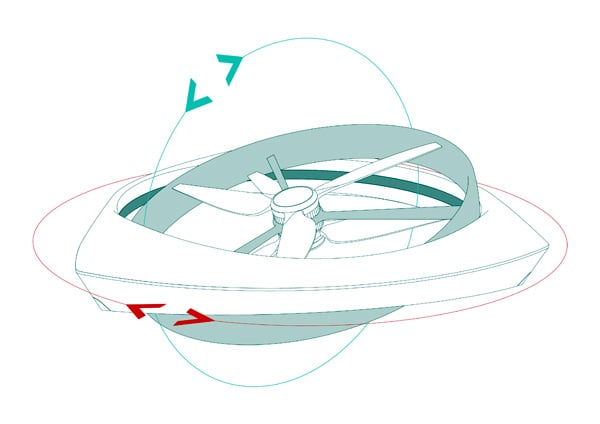
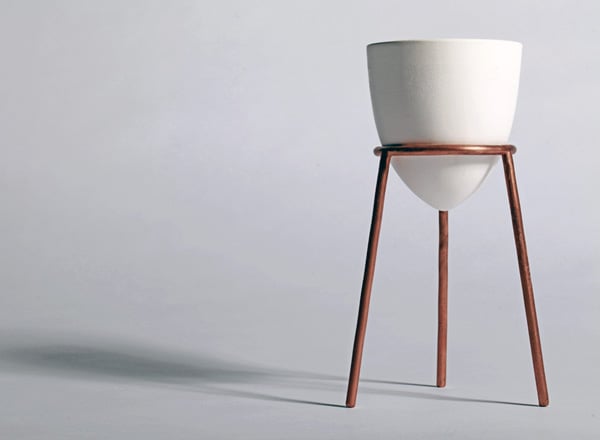
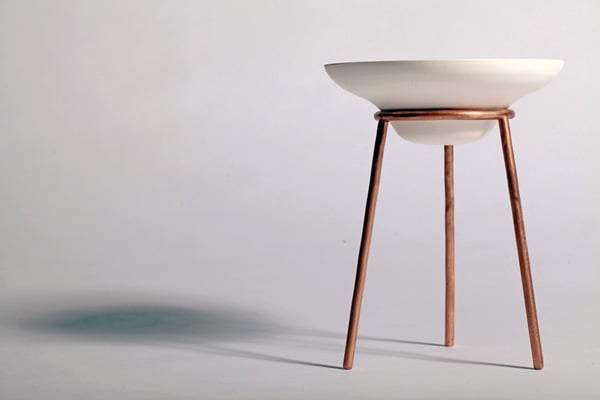
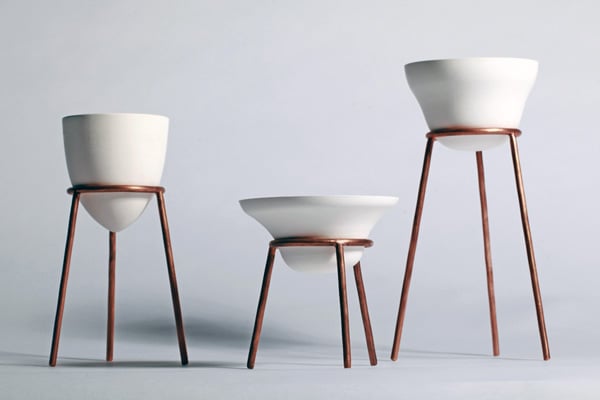
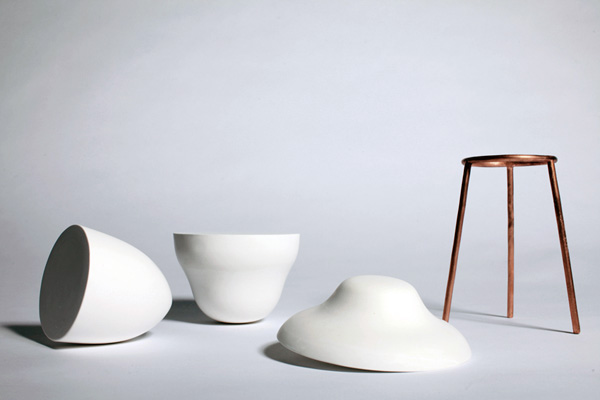
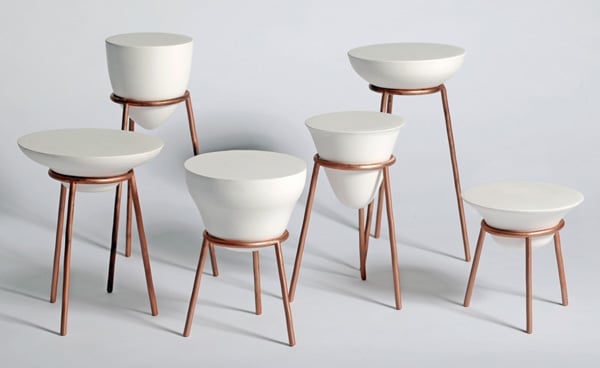






No comments:
Post a Comment